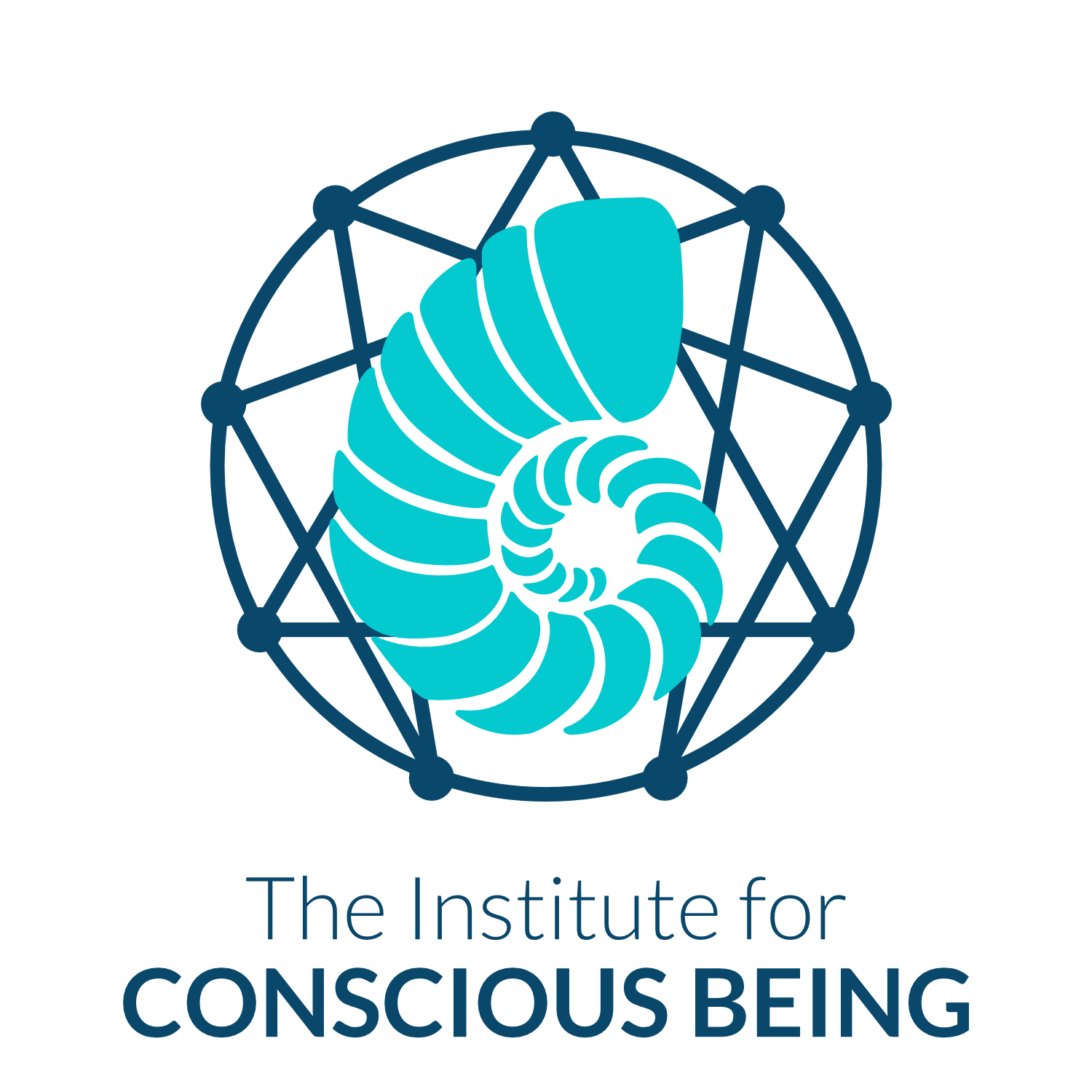The Living Document 1
January 28, 2025
The Living Document Part 1
You are invited to share in this week's series of Daily Reflections on "The Living Document."
A document is information that serves as a record, authority, or reference. Documents can be written, printed, electronic, or in any form that facilitates their purpose. A "living document" is one that is meant to be changed or amended as circumstances change and can be interpreted and applied differently under different conditions. For those reasons, it is sometimes called an evergreen or dynamic document. The United States Constitution, with its amendments, is an example. The constitutional amendments add to the document, and all three branches of the government can and have interpreted the Constitution in different ways.
A person's last will and testament can be a living document. As the circumstances of their lives change and they transform in various ways, a person may amend the instructions in their will for how their resources will be distributed upon their death.
However, the term "living document" can be understood in much broader terms. In some respects, all documents are living, even if their wording is set in stone. This is because readers interpret the document in light of their current understandings, worldviews, and perspectives, all of which transform as the reader transforms and as society evolves. For example, the Holy Scriptures have not changed in content, yet over the course of time, they are subjected to multiple interpretations.
We may have read a scripture in our teens and interpreted it according to our situation then. But when we read that same scripture in our twenties, thirties, forties, fifties, and beyond, we may interpret it quite differently. Thus, the document of the Holy Bible is evergreen and dynamic, but not by its contents being changed, "updated," or extended.
As we grow in consciousness, our interpretation of reality goes through various transformations. And this is true at the collective as well as at the individual level. For example, before the Civil Rights Act of 1964, there wasn't a critical mass of people who were conscious of the pain and suffering of fellow African American citizens who were the recipients of cruel and unequal laws and practices. There were not enough people who demanded that all citizens of the USA have the same civil rights. But something shifted in our national collective consciousness. After the shift, there was a critical mass of Americans whose idea of human equality had evolved to a tipping point. America as a whole went from the belief that "all white men" are created equal to the principle that "all human beings are created equal."
Regardless of our evolution, the irreducible truths underlying the universe, such as those conveyed in Holy Scripture, the Holy Ideas, and truth itself, remain the same. If a living document is based on truth, that core truth never changes — or it may be added to, or the interpreters themselves may change. Our interpretation of a document corresponds to the level of consciousness from which we operate.
This week, we will reflect on ourselves as "living documents."
Spiritual practice: Read a scripture verse or two and make notes about your interpretation of it. Then, later today, re-read that same scripture. What differences, if any, do you note in your two interpretations? To what do you attribute this?
Self-inquiry: How do you interpret the idea that if we evolve in consciousness, we also grow in our understanding of what is true?
Dear God,
Today, I pray for a greater capacity to understand the underlying truths in everything and everyone. Amen


